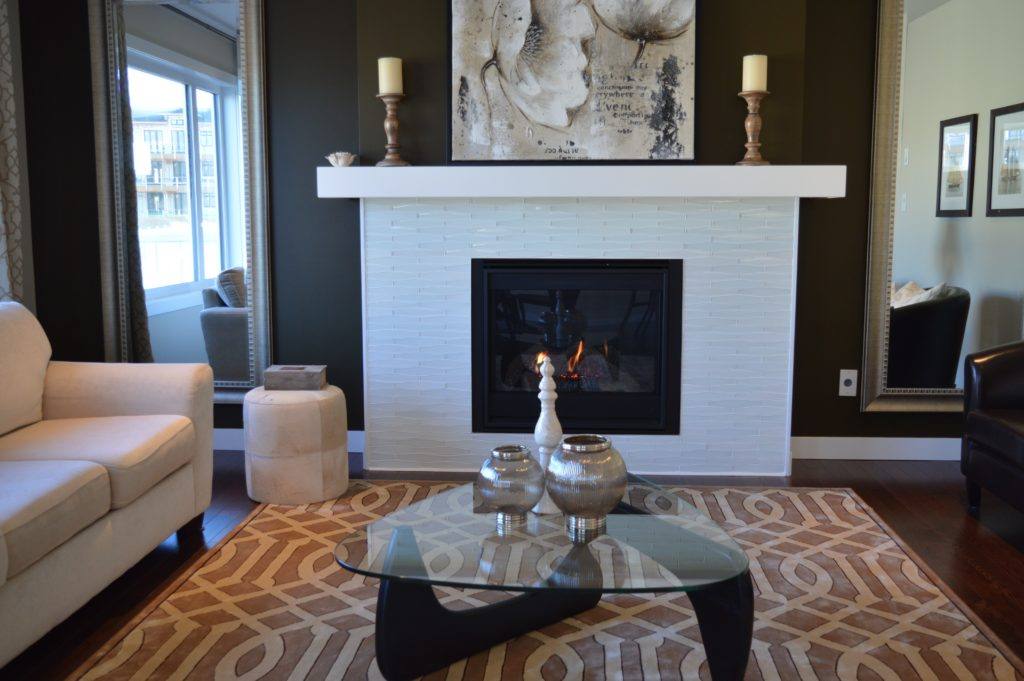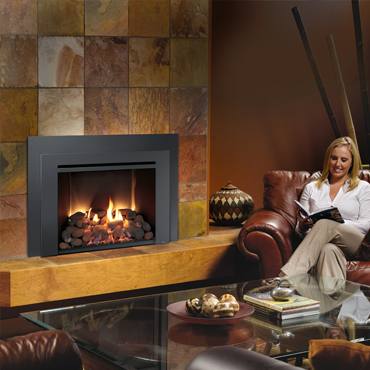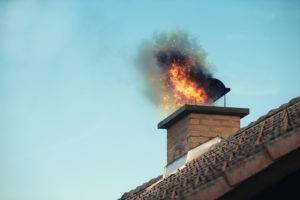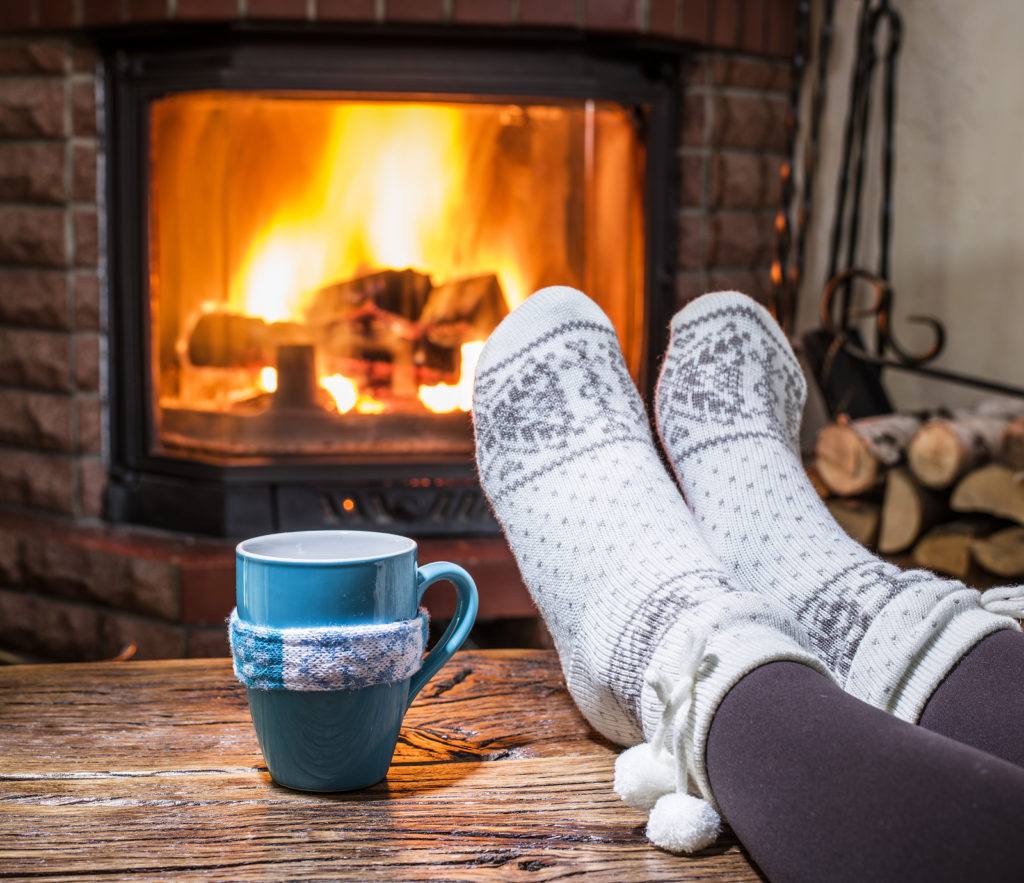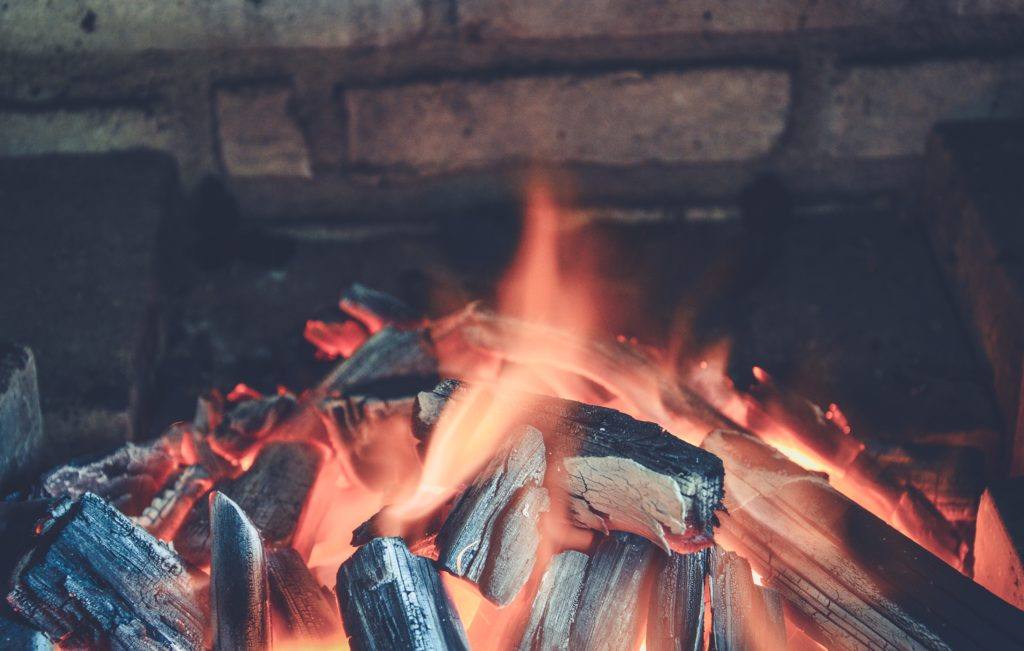Did you know that 60% of new US homes contain at least one fireplace?
It’s not hard to understand the appeal. Aside from the obvious (making your house warm), a functioning fireplace can boost your home’s value by as much as $5,000.
The question is: What happens if you want to remove or replace an existing chimney?
Chimney dismantling is no easy undertaking, which is why many homeowners opt to leave it to the pros. If you do decide to tackle the project on your own, what do you need to know?
In this post, we’ll provide a brief overview of chimney removal. Read on to learn more!
Know Your Chimney Anatomy
The two main parts of a chimney are the stack (the part that extends over the roof) and the breast (located within the home). A chimney removal project will always include the stack, but it may or may not include the breast.
Why? Most chimneys function independently of the walls, roof, and other structural elements. Still, it’s common for chimneys to spread from the foundation across multiple stories—often right through the center of your home.
In many cases, the interior parts of the chimney can remain intact while only the stack is removed. It all depends on how your chimney is installed and which (if any) structural elements are involved.
If you’re unsure about your chimney’s structure, it’s best to consult a professional for guidance.
Removing The Stack
What if you only want to remove the chimney stack that’s visible on the roof? This is called a partial chimney removal and is definitely the easier of the two options.
The process is a matter of removing the bricks and other elements until it’s flush with the surface of the roof. This can be done with a hammer and chisel or a power tool like an impact hammer or mini-jack.
After that, it’s simply a matter of patching up the hole to prevent leaks or other damage to the roof.
Removing The Breast
What if you want or need to remove the entire chimney, including the interior portions? This is a much larger project requiring more labor, time, and cost.
The process of removing the bricks is the same, but you’ll be left with holes in your floors and walls. These, of course, need to be properly patched once the chimney is gone.
What if you learn that your chimney is an integral part of your home’s structure? Before any demolition can begin, you’ll need to reinforce the framework of your home to ensure it’s supported after the chimney removal.
D0 You Need A Chimney Dismantling Service?
Is it possible to complete a chimney dismantling project on your own?
Yes, but it will require the right tools, lots of hard work, and plenty of patience. For that reason, many homeowners decide to hire a chimney service to do the hard work for them (and ensure it’s done right).
Do you live in the Bay Area? Are you in need of a reputable chimney removal service?
Contact us today to discuss your project. We look forward to working with you!

